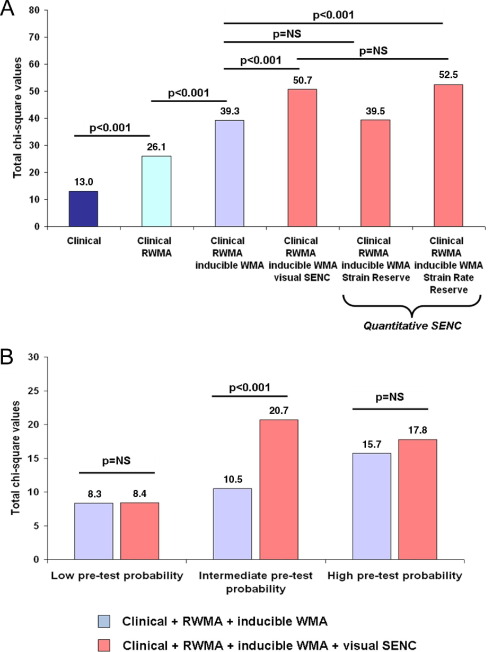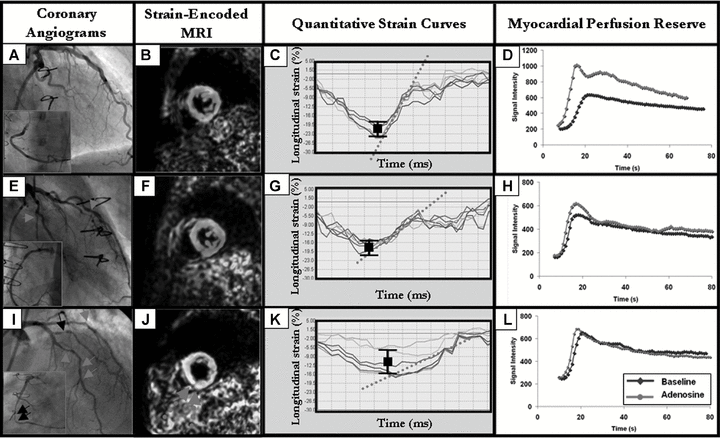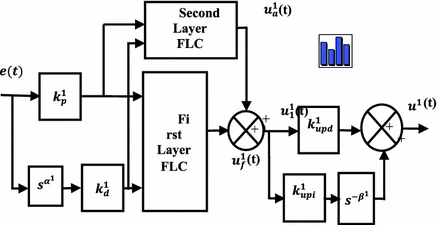Breadcrumb

Strain-encoded cardiac magnetic resonance during high-dose dobutamine stress testing for the estimation of cardiac outcomes: Comparison to Clinical Parameters and Conventional Wall Motion Readings
Objectives: The purpose of this study was to determine the prognostic value of strain-encoded magnetic resonance imaging (SENC) during high-dose dobutamine stress cardiac magnetic resonance imaging (DS-MRI) compared with conventional wall motion readings. Background: Detection of inducible ischemia by DS-MRI on the basis of assessing cine images is subjective and depends on the experience of the readers, which may influence not only the diagnostic classification but also the risk stratification of patients with ischemic heart disease. Methods: In all, 320 consecutive patients with suspected or

Strain-encoded cardiac magnetic resonance for the evaluation of chronic allograft vasculopathy in transplant recipients
The aim of our study was to investigate the ability of Strain-Encoded magnetic resonance imaging (MRI) to detect cardiac allograft vasculopathy (CAV) in heart transplantation (HTx)-recipients. In consecutive subjects (n = 69), who underwent cardiac catheterization, MRI was performed for quantification of myocardial strain and perfusion reserve. Based on angiographic findings subjects were classified: group A including patients with normal vessels; group B, patients with stenosis
Assessment of cardiac mass from tagged magnetic resonance images
Purpose: Tagged and cine magnetic resonance imaging (tMRI and cMRI) techniques are used for evaluating regional and global heart function, respectively. Measuring global function parameters directly from tMRI is challenging due to the obstruction of the anatomical structure by the tagging pattern. The purpose of this study was to develop a method for processing the tMRI images to improve the myocardium-blood contrast in order to estimate global function parameters from the processed images. Materials and methods: The developed method consists of two stages: (1) removing the tagging pattern
Real-Time Dorsal Hand Recognition Based on Smartphone
The integration of biometric recognition with smartphones is necessary to increase security, especially in financial transactions such as online payments. Vein recognition of the dorsal hand is superior to other methods such as palm, finger, and wrist, as it has a wide area to be captured and does not have any wrinkles. Most current systems that depend on dorsal hand vein recognition do not work in real-time and have poor results. In this paper, a dorsal hand recognition system working in real-time is proposed to achieve good results with a high frame rate. A contactless device consists of a

Control of new type of fractional chaos synchronization
Based on stability theory of linear fractional order systems and stability theory of linear integer order systems, the problem of coexistence of various types of synchronization between different dimensional fractional chaotic systems is investigated in this paper. Numerical and simulation results have clearly shown the effectiveness of the novel approach developed herein. © 2018, Springer International Publishing AG.

Control of a two link planar electrically-driven rigid robotic manipulator using fractional order SOFC
An intelligent adaptive fuzzy logic control technique, Fractional Order Self Organizing Fuzzy Controller (FOSOFC) is presented and applied to control a two link planar electrically-driven rigid robotic (EDRR) manipulator system. As EDRR is a multi-input multi-output complex nonlinear system, an intelligent adaptive controller, FOSOFC is considered to control it perfectly. To show the efficacy of the FOSOFC controller, the obtained performance is compared with fractional order fuzzy proportional integral and derivative (FOFPID) controller for study in servo as well as the regulatory problems
Towards mature temporal accuracy assessment of processors models and simulators for real-time systems development
Modeling and simulation are becoming extensively used in embedded and Real-Time Systems (RTSs) development throughout the development life-cycle, from the system-level design space exploration to the fine grained time analysis and evaluation of the system and even its components performance. At the core of these systems lies the processor which has been also the center of attention for most of the modeling and simulation efforts related to RTS simulation. Although the temporal accuracy of such models and simulators is of critical importance for Real-Time (RT) applications, it is not yet mature
Community assessment to advance computational prediction of cancer drug combinations in a pharmacogenomic screen

A fast algorithm for the multiple genome rearrangement problem with weighted reversals and transpositions
Background: Due to recent progress in genome sequencing, more and more data for phylogenetic reconstruction based on rearrangement distances between genomes become available. However, this phylogenetic reconstruction is a very challenging task. For the most simple distance measures (the breakpoint distance and the reversal distance), the problem is NP-hard even if one considers only three genomes. Results: In this paper, we present a new heuristic algorithm that directly constructs a phylogenetic tree w.r.t. the weighted reversal and transposition distance. Experimental results on previously
Constructing suffix array during decompression
The suffix array is an indexing data structure used in a wide range of applications in Bioinformatics. Biological DNA sequences are available to download from public servers in the form of compressed files, where the popular lossless compression program gzip [1] is employed. The straightforward method to construct the suffix array for this data involves decompressing the sequence file, storing it on disk, and then calling a suffix array construction program to build the suffix array. This scenario, albeit feasible, requires disk access and throws away valuable information in the compressed
Pagination
- Previous page ‹‹
- Page 39
- Next page ››
